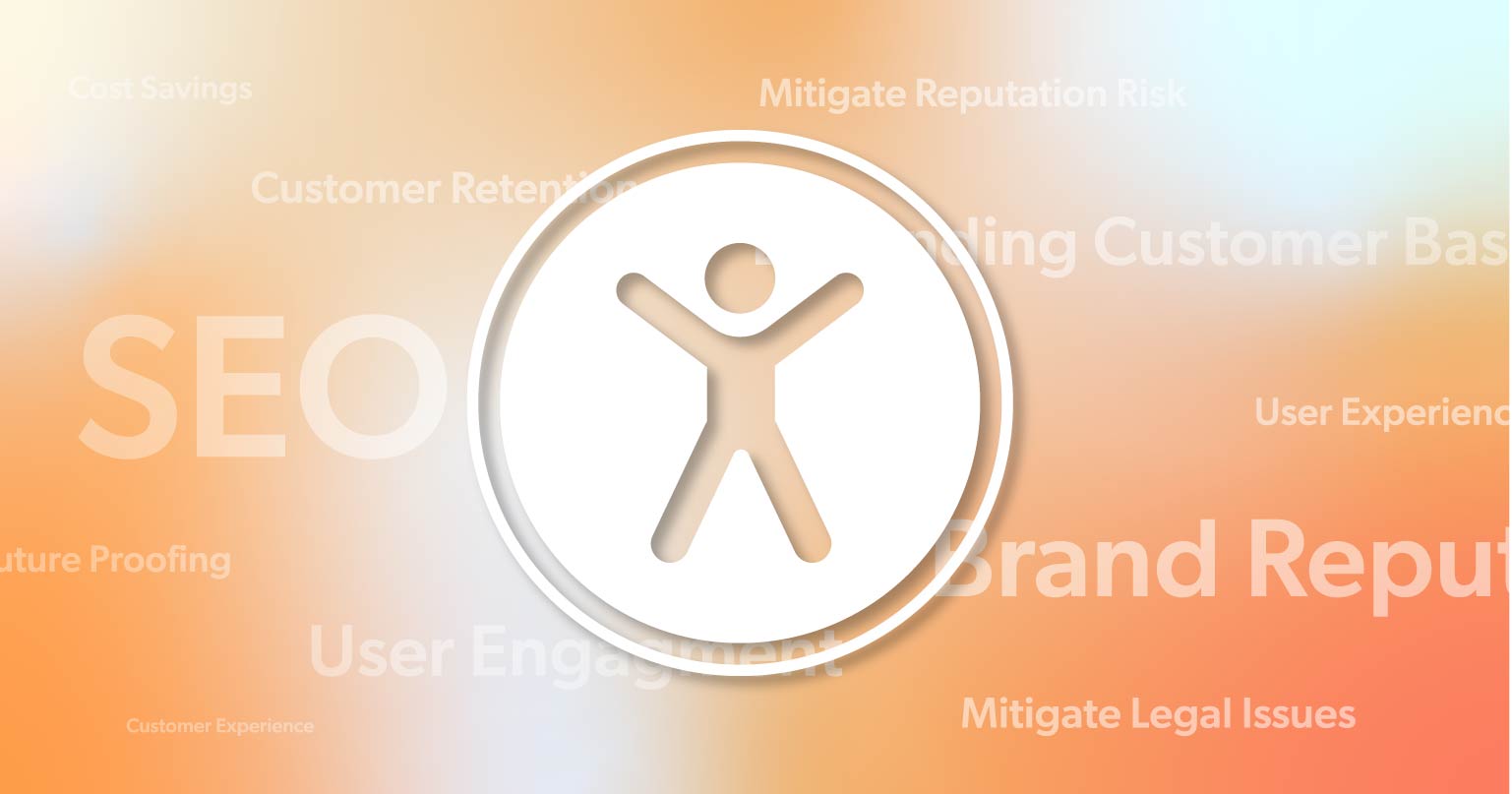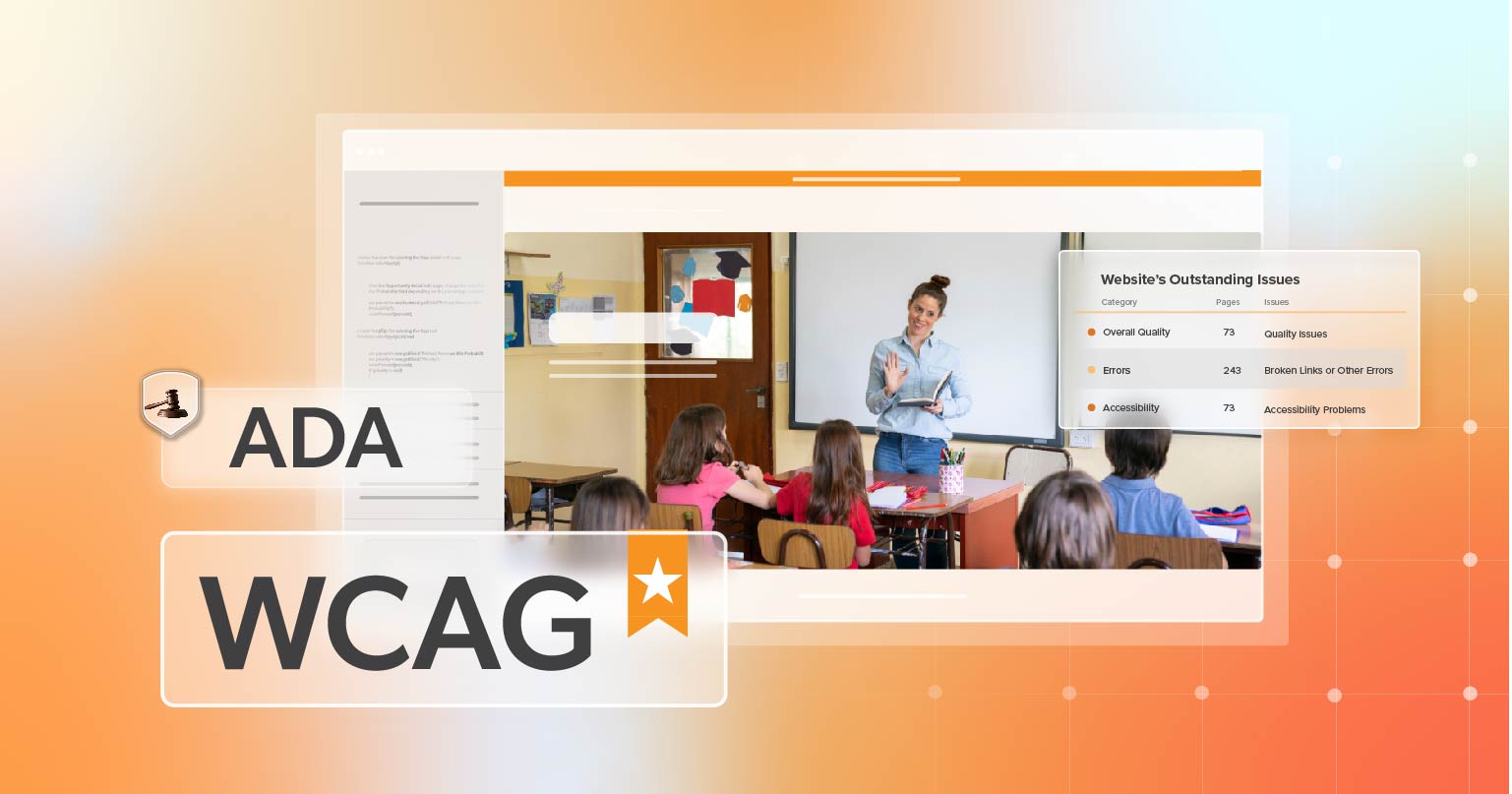In the bustling world of small business, every penny counts. So, it’s no wonder that when an unexpected expense pops up, it can feel like a huge blow. One such cost that’s been increasingly affecting small businesses lately is the rise in web ADA lawsuits. These lawsuits, centered around web accessibility, are not just a concern for big corporations but have also become a significant issue for mom and pop shops. Let’s dive into why small businesses are particularly vulnerable to these lawsuits, how ADA website compliance has become a recent battleground, and what you can do to ensure your site is up to snuff.
Understanding Web Accessibility and ADA Lawsuits
Before we get into why small businesses are targeted, let’s start with the basics. The Americans with Disabilities Act (ADA) is a law designed to ensure that people with disabilities have equal access to all aspects of public life, including the digital world. Web accessibility falls under this mandate, meaning that websites need to be usable by people with various disabilities, such as vision impairments, hearing loss, or mobility issues.
In recent years, ADA lawsuits focusing on web accessibility have surged. In 2023 alone, plaintiffs filed 4,605 federal and state-filed ADA-related digital lawsuits across the United States. This trend shows no sign of slowing down, with organizations of all sizes—small businesses to Fortune 500 companies—finding themselves in litigation.
The idea is that if your website isn’t accessible to everyone, including those with disabilities, you could be breaking the law. This has led to a spike in legal actions, with plaintiffs’ lawyers targeting businesses they believe are not compliant with ADA standards.
Why Are Small Businesses Targeted by Plaintiffs’ Lawyers?
You might wonder why small businesses, especially those run by hardworking mom and pop owners, seem to be hit harder by these lawsuits than larger companies. Here are a few reasons why small businesses are often in the crosshairs:
- Limited Resources: Small businesses often operate with tight budgets and limited staff. This means they might not have the resources to keep up with all the legal and technical requirements for web accessibility. Large corporations, on the other hand, typically have dedicated teams and budgets for compliance and legal matters.
- Less Robust Defense: When a lawsuit is filed, it often involves extensive legal fees and time-consuming processes. Small businesses might find it harder to mount a strong defense against these lawsuits compared to larger companies that have in-house legal teams or access to experienced attorneys.
- Higher Visibility: Many small businesses have websites that might not be as well maintained or as accessible as those of larger businesses. This makes them more noticeable targets for plaintiffs’ lawyers who are on the lookout for non-compliant sites.
- Insurance Coverage: Small businesses might not have insurance that covers ADA-related lawsuits, or their coverage might not be comprehensive enough to handle the costs. Larger businesses are more likely to have insurance policies that include legal protections for such issues.
ADA Website Compliance: The Latest Tactic Used by Plaintiff’s Lawyers
As the internet has become a crucial part of doing business, ADA website compliance has emerged as a new tactic for plaintiffs’ lawyers. Here’s why this is happening:
- Increased Focus on Digital Accessibility: With the rise of online shopping and digital services, accessibility issues have become more visible. Plaintiffs’ lawyers have noticed this trend and are using it as a new avenue to pursue claims.
- Ambiguity in the Law: The ADA was enacted in 1990, long before the internet became a staple of daily life. As a result, there is some ambiguity about what constitutes compliance for websites. This lack of clear guidelines means that plaintiffs’ lawyers can argue their cases based on their interpretations of the law.
- Settlement Potential: For many businesses, settling out of court is less costly than fighting a lawsuit. Plaintiffs’ lawyers know this and may target small businesses that are more likely to settle quickly rather than face lengthy legal battles.
- Rising Awareness: As more people become aware of web accessibility issues, there is an increased chance of someone noticing and reporting non-compliant websites. This rising awareness has led to more lawsuits being filed.
How to Make Sure Your Small Business Website is ADA-Compliant
Now that we’ve covered why small businesses are often targeted and how ADA website compliance has become a popular legal battleground, let’s talk about what you can do to ensure your website is up to standard.
- Understand Web Accessibility Guidelines: The Web Content Accessibility Guidelines (WCAG) are a set of standards designed to make web content more accessible. Familiarize yourself with these guidelines to understand what needs to be done. They cover aspects like text readability, alternative text for images, and keyboard navigation.
- Conduct a Website Audit: Regularly audit your website for accessibility issues. There are tools available online that can help you identify problems, such as missing alt text for images or issues with color contrast. Consulting with a specialist firm like 216digital to conduct a thorough audit can also be a wise investment.
- Incorporate Accessibility Features: Make sure your website includes features that assist users with disabilities. This can include adding captions to videos, ensuring that your site is navigable by keyboard, and using descriptive link text.
- Test with Real Users: If possible, get feedback from real users who have disabilities. Their experiences can provide valuable insights into areas where your website might need improvement.
- Stay Informed and Up-to-Date: Web accessibility standards and best practices can evolve over time. Stay informed about any changes and make updates to your website as necessary to remain compliant.
- Seek Professional Help: If you’re unsure where to start or need assistance, consider consulting with an accessibility expert or web developer who specializes in ADA, like 216digital. We can guide you through the process and help ensure that your website meets all necessary standards.
- Implement Ongoing Training: Train your staff, especially those involved in website management and content creation, about web accessibility. This helps create a culture of inclusivity and ensures that accessibility remains a priority.
Protect Your Small Business With 216digital
ADA website compliance is crucial for small businesses, with significant implications that shouldn’t be overlooked. Plaintiffs’ lawyers often target mom-and-pop shops, making it essential to take proactive steps to ensure your website meets accessibility standards. By staying informed, conducting regular audits, and integrating accessibility features, you not only safeguard your business against costly lawsuits but also create a more inclusive experience for all your customers.
To ensure your website is fully compliant and accessible, consider scheduling an ADA briefing with 216digital. Our team can guide you through the complexities of web accessibility, helping you create a welcoming online space for everyone while protecting your business from potential legal risks. Don’t wait until it’s too late—reach out to us today to secure your website’s future.







